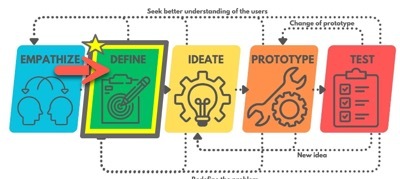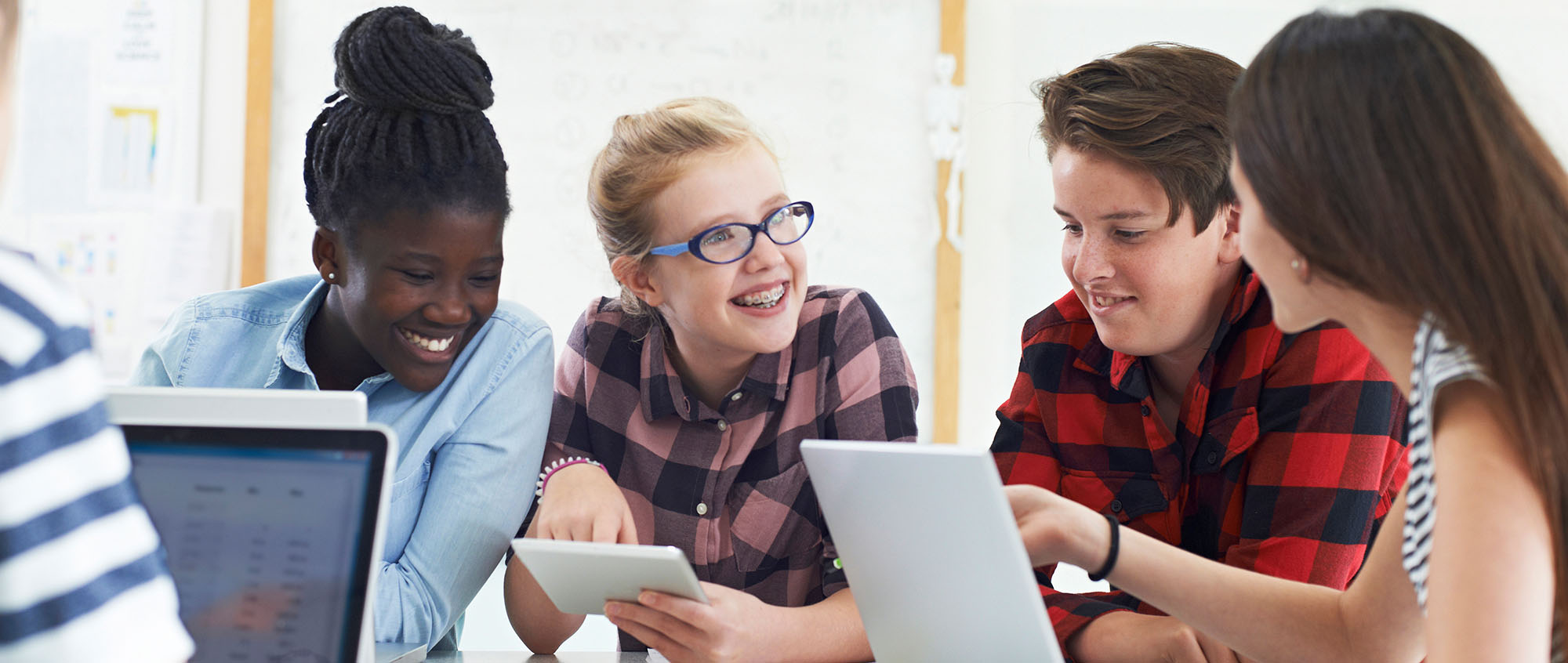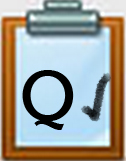Q2. What's Your Problem? Define

Via canva.com
Define Mode
Understanding users and their needs can help you define the problem you will work on in this design thinking process. Defining the problem with a problem statement will give you a clear goal for creating ideas and solutions.
PROBLEM STATEMENT: You will be using a sentence stem (shown below) where you will fill in the user's name, their need, and what the end goal is. This is a helpful way to define your problem statement:

Example: For Ralph's scenario from the 5-chairs activity, the problem statement might read like the following statement:
Ralph (user) needs to be more comfortable sitting at school and have a way to better store and organize his school supplies (needs), so that he can focus on learning (end goal).
Defining Criteria and Constraints
You will be prompted to identify criteria and constraints to create the best solution to your chosen problem.
Criteria: Criteria are the desired standards your design should meet. In Ralph's case, the solution should include being comfortable and large enough to accommodate his supplies.
Constraints: Constraints are the limits or restrictions that must be followed. For example, the solution must cost less than $20 because that is all Ralph has in his bank account.
An example of criteria and constraints for Ralph’s chair is provided.
| Criteria | Constraints |
|---|---|
A comfortable chair and spaces to organize his supplies | Money and room enough for his backpack |
Competencies & Standards
MITECS Michigan Integrated Technology Competencies for Students, and
3. Knowledge Constructor
c. Curate information from digital resources using a variety of tools and methods to create collections of artifacts or solving authentic problems
d. Build knowledge by actively exploring real-world issues and problems, developing ideas and theories and pursuing answers and solutions
7. Global Collaborator
d. Students explore local and global issues and use collaborative technologies to work with others to investigate solutions
Websites and Documents
Websites
Videos from Outside Sources
- Empathizing in Design Thinking YouTube (5:03)
- Seeing AI: Making the Visual World More Accessible YouTube (3:27)
21t4s Videos
21t4s Documents & Quizzes




